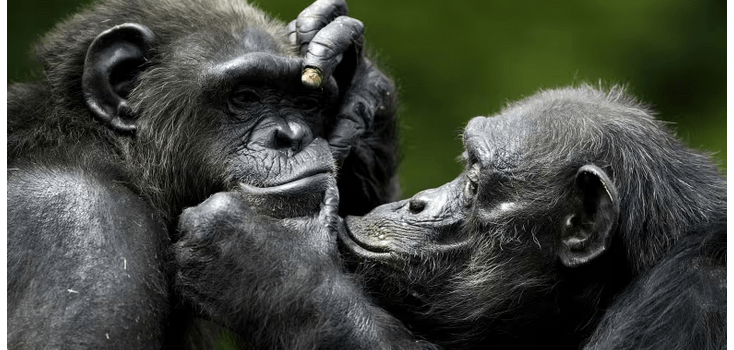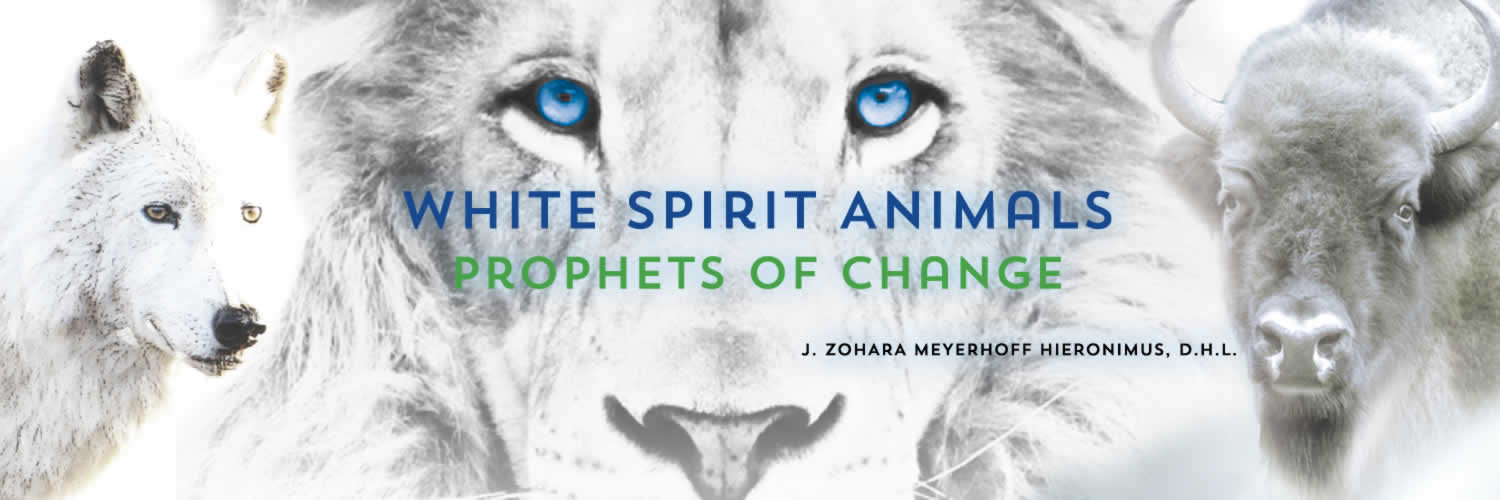
Long-term memories may have been vital to our own evolution, suggests a new study of chimpanzees and bonobos.
By Carl Zimmer for The NY Times
Published Dec. 18, 2023 Updated Dec. 19, 2023
In 2015, while working as an undergraduate researcher at the North Carolina Zoo, Laura Lewis
became friends with a male chimpanzee named Kendall. Whenever she visited the chimps, Kendall
would gently take her hands and inspect her fingernails.
Then she disappeared for the summer to study baboons in Africa. When she returned to North
Carolina, she wondered if Kendall would still remember her face. Sure enough, as soon as she stepped
into his enclosure, Kendall raced up and gestured to look at her hands.
“The feeling I got was that he clearly remembered me after four months away,” said Dr. Lewis, now a
comparative psychologist at the University of California, Berkeley. “But I didn’t have the data to prove
it.”
Now she believes that she does. In a study published on Monday, Dr. Lewis and her colleagues have
demonstrated that chimpanzees and bonobos can recall faces of other apes that they have not seen for
years. One bonobo recognized a face after 26 years — a record for facial memory beyond our species.
With the help of her advisor, Chris Krupenye, now at Johns Hopkins University, Dr. Lewis started
studying 26 apes kept at the Edinburgh Zoo in Scotland, the Kumamoto Sanctuary in Japan and the
Planckendael Zoo in Belgium. At each facility, the researchers rolled up a computer to the apes’ enclosure fence and displayed images of animals on the monitor. A straw attached to the fence allowed
the apes to drink juice as they gazed at the photos.
After giving the apes a few months to acclimate to the unusual setup, Dr. Lewis and her colleagues
began their experiment. As the animals sipped their juice, the computer displayed pairs of ape faces
for three seconds at a time. In every pair, one of the faces was a stranger and the other an old
companion whom the ape had not seen for years.
The scientists used an infrared camera to film the animals’ eye movements. If the apes had no
memory of their old companions, the scientists expected them to spend equal time glancing at both
pictures.
But that’s not what the researchers found. The apes consistently spent more time looking at their
former companions. (Kinship played no part in the results, as unrelated past acquaintances also got
more attention than strangers did.)
A 46-year-old bonobo named Louise at the Kumamoto Sanctuary demonstrated the oldest memories.
Until 1992, she lived at the San Diego Zoo with her sister and her nephew. Then she moved to the
Cincinnati Zoo before coming to the Kumamoto Sanctuary in 2014. In 2019, Dr. Lewis and her
colleagues found that Louise gazed longer at her long-lost relatives’ faces than at those of apes she
had never met, even after being separated for over 26 years.
Dr. Lewis cautioned that tracking eye movements only gives a limited glimpse inside the minds of the
apes. “We can’t fully characterize what their memories look like,” she said.
But the researchers did find one tantalizing clue suggesting that fond memories might remain strong
over the years. The apes spent a little more time looking at the faces of animals they once had positive
experiences with, according to ratings submitted by zoo caretakers.
Dr. Lewis speculates that apes might benefit from these durable memories. A female bonobo, for
example, will typically leave her mother’s group to join another group for the rest of her life. If the two
groups encounter one another years later, she may be able to form an alliance with old acquaintances.
The experiment doesn’t put a limit on the duration of the animals’ memories. It’s possible that they
remember faces as long as we do. In one study, psychologists asked volunteers to name people in
photos from their high school yearbooks. Their memories started to decline after 15 years, but some
volunteers could still correctly name classmates 48 years after graduation.
Just how many other species have these long-lived memories is hard to say. Jason Bruck, an ethologist
at Stephen F. Austin State University in Nacogdoches, Texas, has found that dolphins can recognize
the calls of other dolphins that they have not heard for over 20 years.
Dr. Bruck suspects that other long-lived animals that live in groups will also display impressive
memories — if scientists can get the opportunity to test them. “I think all these animals will have
lifelong memories,” he said.
Dr. Lewis observed that chimpanzees, bonobos and humans all share a common ancestor that lived
about seven million years ago. Early humans may have built on the foundation of long-term memories
seen in apes as their societies grew more complex.
“In our human evolution, we’ve faced environments where we’re living socially, but not around each
other all the time, and populations are further and further spread apart,” she said.
Clive Gamble, an archaeologist at the University of Southampton in England, who was not involved in
the new study, agreed with that interpretation. The evolution of language may have strengthened
long-lasting social memories, as people told stories about acquaintances they had not seen for years.
“We just used our common ancestry, and then cranked up the volume,” Dr. Gamble said.
